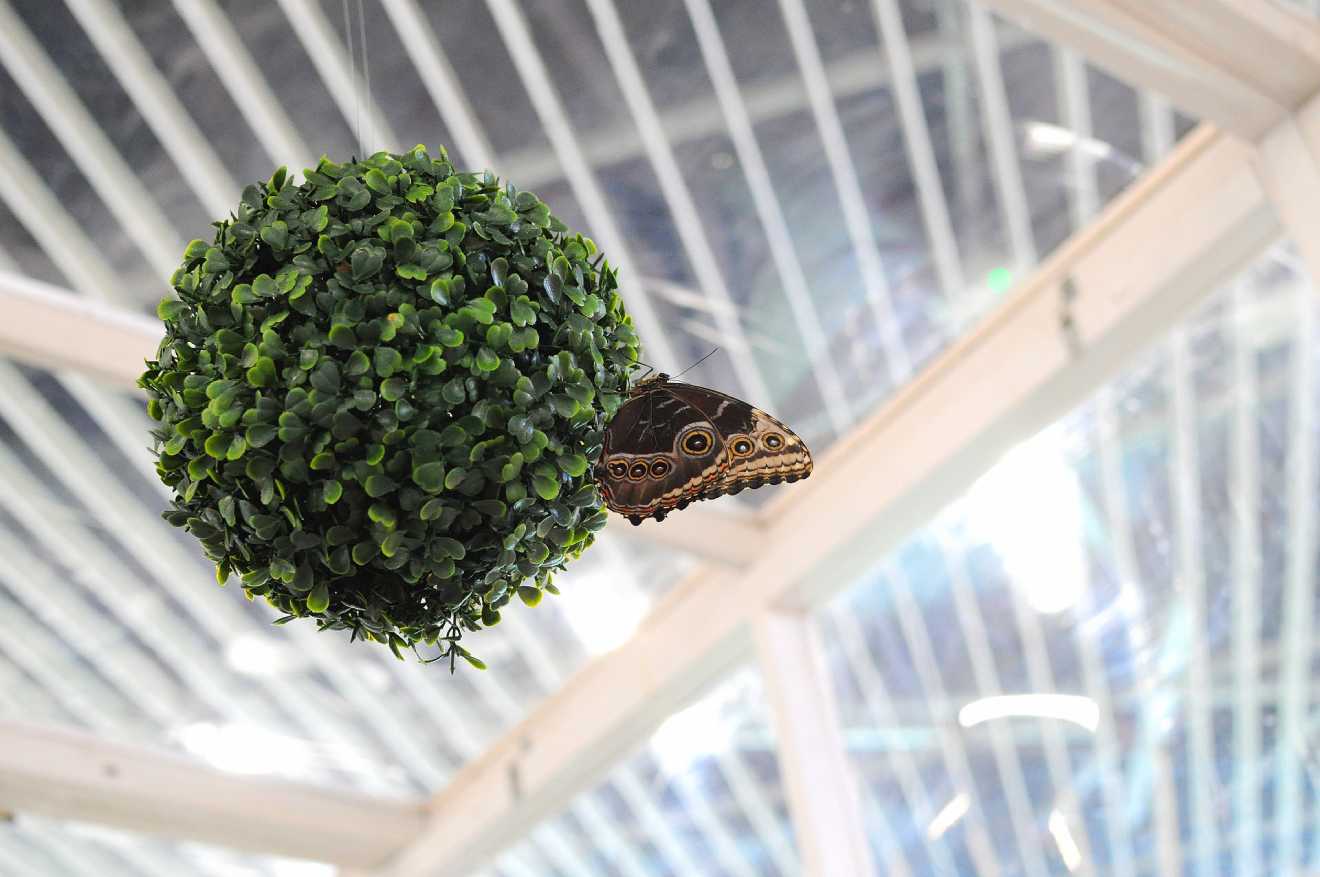The realm of architecture is a vibrant tapestry, rich with diverse design structures and styles. Among these, one particular roofing design has been fluttering in the architectural landscape: the butterfly roof. So, what is a butterfly roof?
You will discover the meaning, origin, variety, and value of the butterfly roof. Its significance and appeal will also be explained.
Essence of a Butterfly Roof
A butterfly roof, also known as a V-roof or inverted roof, is a unique architectural design that stands out in the panorama of roofing styles. The design resembles a butterfly’s wings spread in flight, hence the name. The roof features two opposing slopes that meet at a central point, creating a distinctive V-shape that is both functional and aesthetically appealing.
Origins of the Butterfly Roof
The butterfly roof first took flight in the architectural world in the mid-20th century. It was highlighted during the era of mid-century modern architecture, a period marked by innovative design concepts and a departure from traditional roofing structures.
The butterfly roof was a product of this innovative spirit, offering a fresh, forward-looking approach to roof design.
The first modern butterfly roof made its appearance on a vacation home in Chile in the 1930s. By the 1950s, it had become a popular feature in mid-century modern homes, particularly in Southern California, where architect William Krisel used it in his tract house designs.
Types of Butterfly Roofs
There are various types of butterfly roofs, each with its unique characteristics. They can be symmetrical, where both wings are of equal dimensions, or asymmetrical, where one wing is larger than the other. A property can also have a single butterfly roof or multiple ones in its design.
In terms of materials, butterfly roofs can be constructed using a range of substances, such as roofing felt over timber decking, asphalt tiles or shingles, concrete tiles, slate, timber, galvanized steel, aluminum, or glass.
Advantages of Butterfly Roofs
Butterfly roofs offer several advantages that contribute to their popularity:
Wind Resistance
The aerodynamic structure of butterfly roofs makes them highly resistant to wind damage, making them a suitable choice for regions prone to heavy storms or coastal winds.
Efficient Drainage
The V-shape design of a butterfly roof promotes efficient water drainage, eliminating any potential water build-up and associated problems such as mold growth.
Water Collection
An interesting feature of butterfly roofs is their capacity to collect rainwater. The central valley formed by the slopes can be designed to gather rainwater in a specially designed holding tank, offering an eco-friendly way to conserve water.
Modern Aesthetic
The butterfly roof adds a modern aesthetic to a property. Its unconventional shape and clean lines contrast with traditional roofing styles, making it an attractive feature for those seeking a unique architectural design.
Space for Solar Panels and Large Windows
The inverse slope of the butterfly roof offers an ideal space for installing solar panels, thereby promoting sustainable energy use. It also allows for the installation of larger windows, enhancing the natural light and ventilation in the property.
Challenges with Butterfly Roofs
Despite their advantages, butterfly roofs pose certain challenges:
Higher Costs
Due to the complexity of their design and installation process, butterfly roofs can be more expensive to build than traditional gable or flat roofs.
Maintenance
The unique design of butterfly roofs requires frequent maintenance, which can be both challenging and costly.
Limited Loft Space
Butterfly roofs may limit the potential for loft space, which could affect the overall value and functionality of the property.
Not Ideal for Snowy Climates
Due to their design, butterfly roofs may not be ideal for areas with heavy snowfall as the snow can accumulate in the roof’s central valley, potentially causing structural issues.
Resurgence in Prefab Homes
Interestingly, butterfly roofs have found a new home in the realm of prefabricated or ‘prefab’ homes. These homes are constructed off-site in controlled environments and then assembled on-site. Known for their efficiency, sustainability, and innovative design, prefab homes perfectly align with the qualities of a butterfly roof.
Learning about a butterfly roof offers insights into the innovative spirit of mid-century modern architecture and its enduring influence on contemporary design. Despite the challenges, the unique aesthetic, functional advantages, and sustainability of butterfly roofs make them an architectural marvel worth considering.
